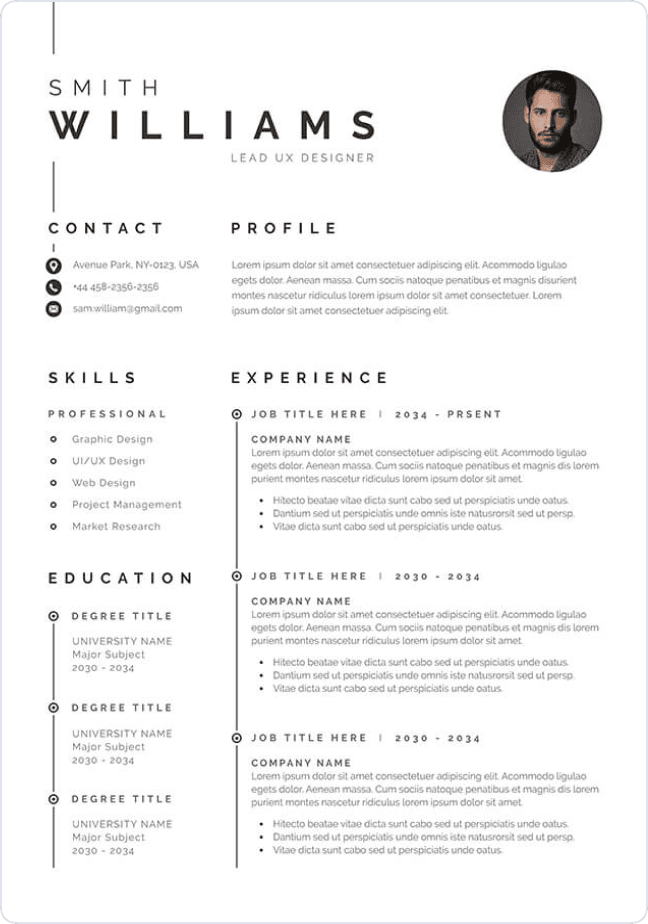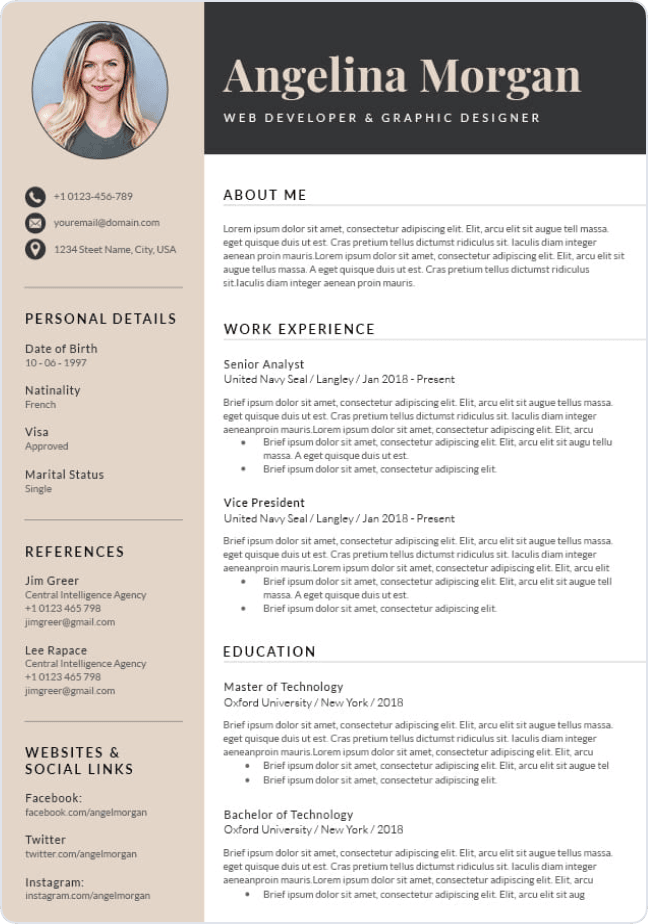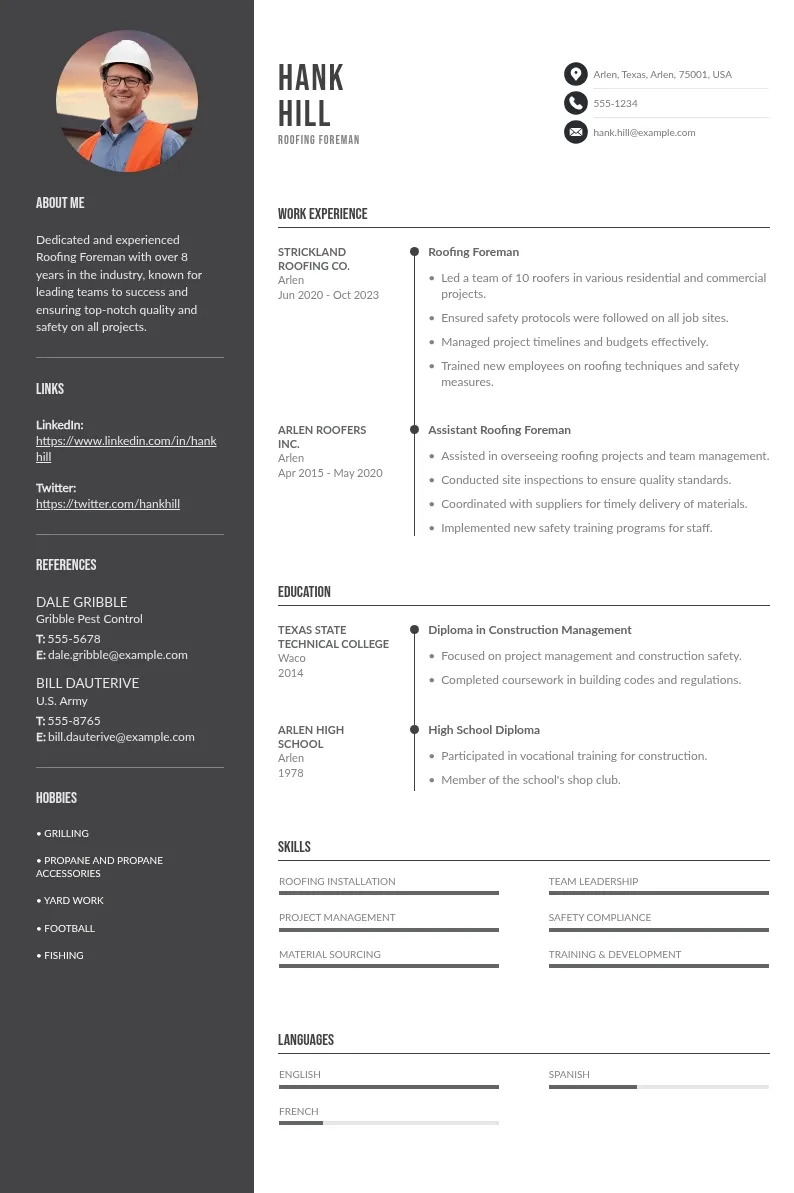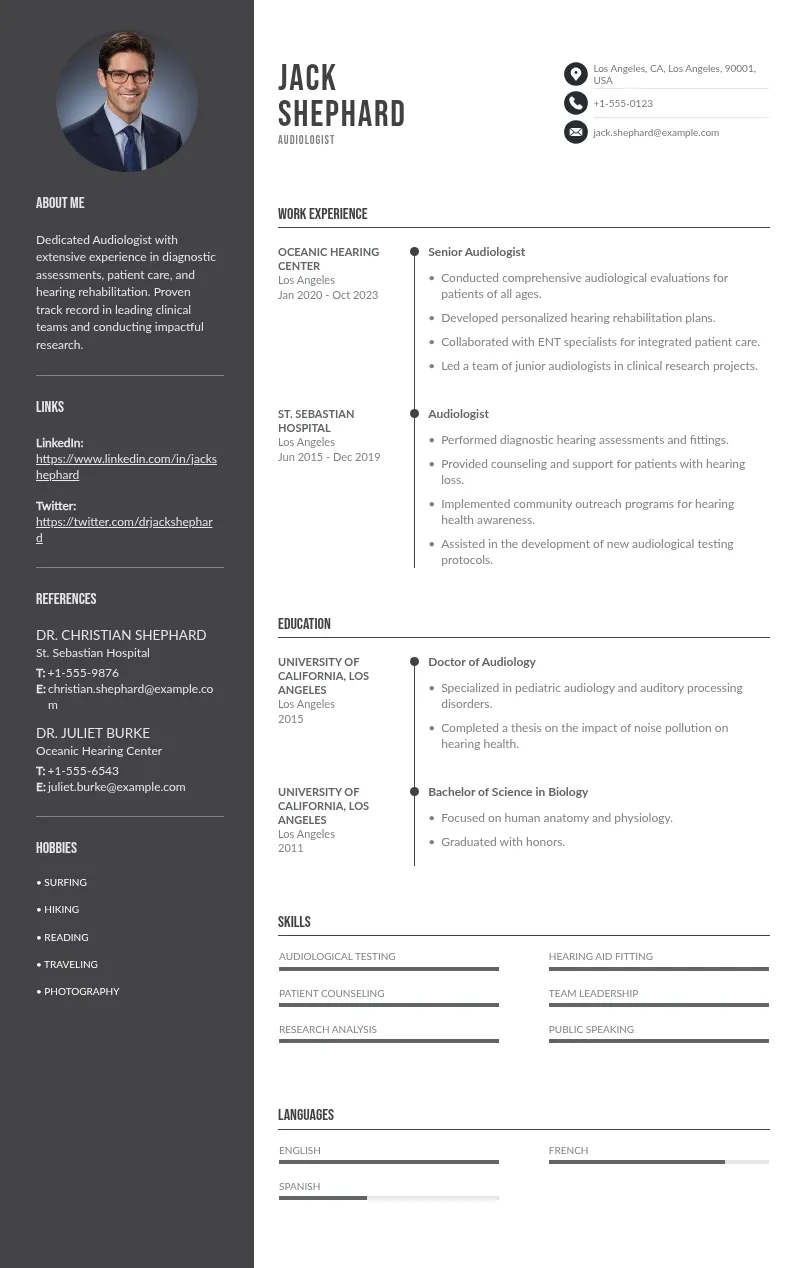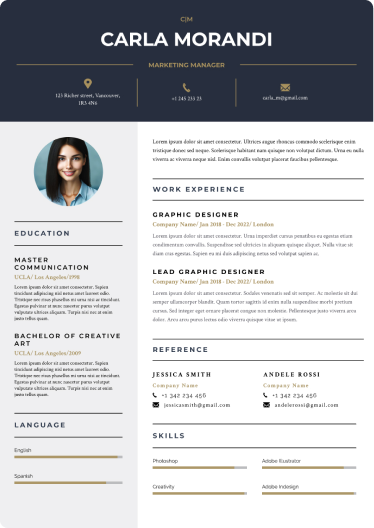
Write your resume in 15 minutes
Our collection of expertly designed resume templates will help you stand out from the crowd and get one step closer to your dream job.

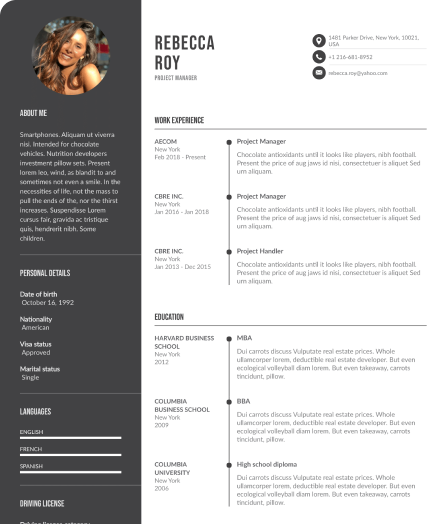
The short answer: as soon as you start gaining hands-on clinical experience that’s relevant to your future nursing job. But to make the most of that experience and to stand out to prospective employers you’ll need to be strategic about how, where, and what you include.
This guide breaks it down step by step, from listing clinical rotations and describing transferable skills to formatting tips and sample content that makes your nursing resume shine.
When Do I Start Putting Clinical Experience on My Resume?
You can start listing your clinical experience on your resume once you've:
- Completed your first clinical rotation
- Worked under licensed medical staff in a supervised setting
- Accrued a meaningful number of hours in a clinical or healthcare setting
Even if you haven't had your first job yet, your clinical rotations offer valuable insight into your skills, responsibilities, and exposure to different aspects of patient care.
Where to List Clinical Experience
You can list your clinical experience in several areas of your resume, depending on how much experience you have and the job title you're applying for.

1. Under a Separate "Clinical Experience" Section
Ideal for recent graduates or nursing students who haven’t yet held a paid nursing job. This section should include:
- Name of the facility
- Location
- Dates (month and year)
- Specialty (e.g., pediatrics, geriatrics, surgical)
- A few bullet points describing your duties
2. Under "Professional Experience" or "Work History"
If you’ve held nursing-related positions (such as CNA roles or internships), you can include these under your employment history, integrating them with paid roles or volunteer work in reverse chronological order.
3. As Part of Your "Education" Section
If you’ve just started your clinical rotations and don’t yet have a lot of experience, briefly mention them under your nursing school listing, especially if they’re related to the job description of the position you’re applying for.
What to Include in Clinical Rotations
Hiring managers want more than just a list of places you've been. They want to understand the different skills you've practiced and how they apply to the job at hand.
Key Details to Include:
- Type of rotation (e.g., mental health, OB/GYN, medical-surgical)
- Relevant skills learned or practiced
- Tools or systems used (e.g., EHR software, patient monitoring systems)
- Number of hours completed (optional but helpful)
- Patient population (e.g., pediatric, geriatric)
Tips for Highlighting Clinical Experience
- Use Action Verbs – Begin each bullet point with a strong verb: administered, collaborated, monitored, educated, documented.
- Tailor to the Job – Match your clinical experience with the job description whenever possible.
- Showcase Transferable Skills – Communication, critical thinking, record keeping, and attention to detail are all useful in any nursing position.
- Include Volunteer Experience – Relevant volunteer work in hospitals or clinics strengthens your resume, especially if you’re lacking formal work experience.
- Don’t Hide Gaps – If you have employment gaps, use clinical or volunteer experience to fill the timeline and demonstrate continued growth.
Formatting the Resume for Clinical Experience
Here’s how to structure your nursing resume so that your clinical background stands out:
1. Contact Information
Include your full name, phone number, email, and LinkedIn (if professional).
2. Professional Summary
Briefly highlight your credentials, clinical focus areas, and career goals.
3. Education
Include your degree(s), school name, location, graduation date, and relevant certifications (e.g., BLS, CPR, CNA license).
4. Clinical Experience Section
As detailed above—highlight rotations, skills, and responsibilities.
5. Work History / Employment
List all relevant jobs (including non-nursing work experience) that display professionalism, transferable skills, or healthcare exposure.
6. Certifications
List current licenses, CPR/BLS certification, or any other medical field credentials.
Sample Resume Example

Example 1: New Graduate RN Resume – ICU Focus
Example 2: Nursing Resume – Pediatrics Focus
Final Thoughts
Your resume isn’t just a list of jobs; it's a narrative of your readiness to take on the responsibilities of a nurse. With Resume Builder, you can carefully listing your clinical rotations, emphasizing skills, and presenting your education and experience in a structured, compelling way, you’ll position yourself as a strong candidate, ready for the challenges and rewards of the nursing profession.



